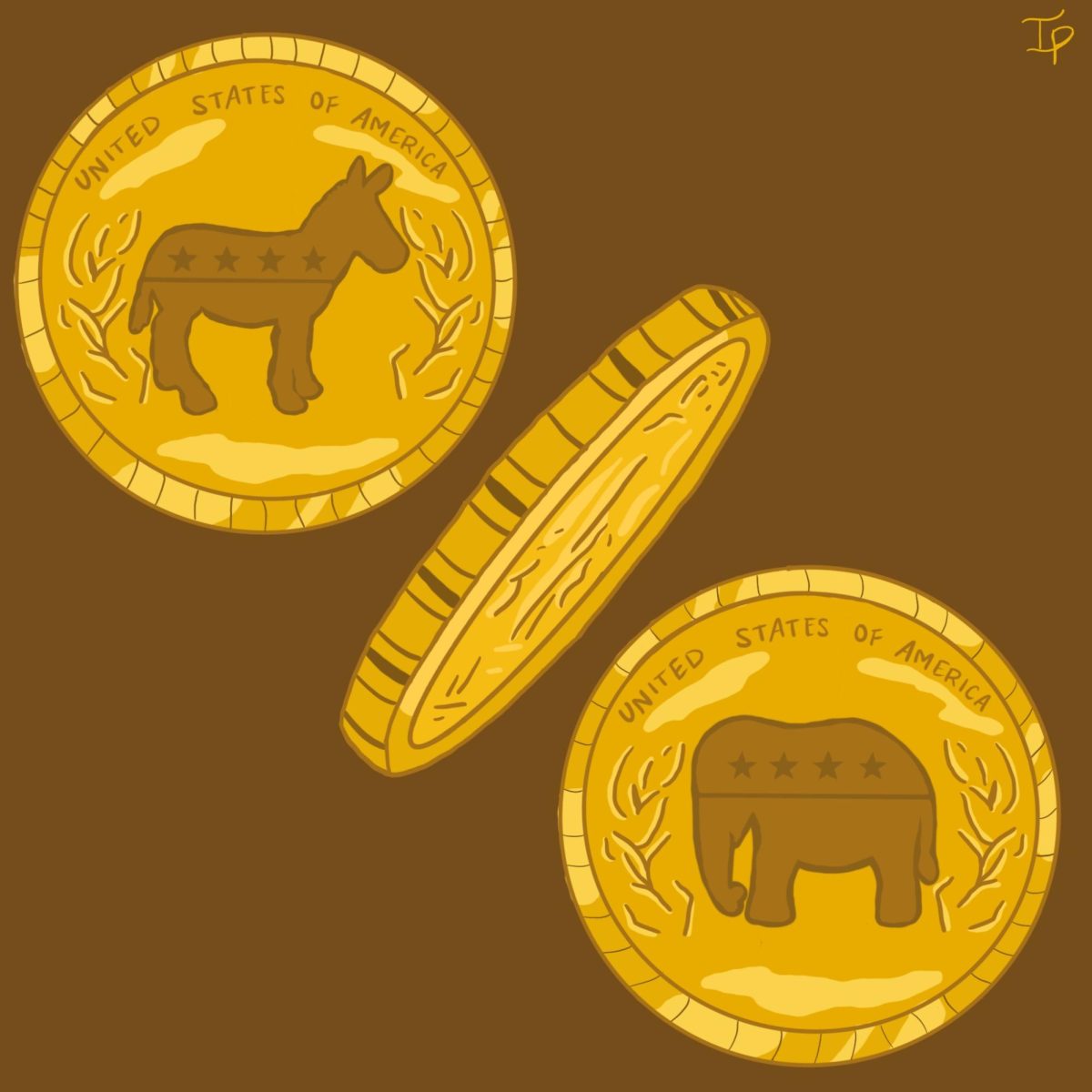Ohio U. considers responses to illegal file sharing
January 9, 2004
(U-WIRE) – Although some people are still enjoying the free file-sharing networks available,… (U-WIRE) – Although some people are still enjoying the free file-sharing networks available, recent reports show many are switching to new, legalized alternatives.
Programs such as Apple’s iTunes, MusicMatch, RealOne and America Online are all new, legal options for music downloading. The program iTunes offers gift vouchers and a parent-controlled allowance feature so that 12- to 17-year-olds, who typically don’t have credit cards, can choose to use its legal service rather than steal music.
A quarterly digital music behavior report from Ipsos-Insight research firm shows that 16 percent of American music downloaders ages 12 and older – some 10 million people – had paid to download the music online.
The Recording Industry Association of America has been going after illegal file-sharing networks and individuals of all ages, as well as the popular file-sharing network Napster.
Napster, now made legal after previously being shut down following efforts by the RIAA, is contributing to the movement for protecting music artists’ and record companies’ rights by teaming up with one American university.
On Nov. 6, Pennsylvania State University announced its agreement with the online music service Napster, becoming the first university in the nation to offer its student body a legal alternative for downloading music.
The Penn State agreement is worth watching, said Ohio University President Robert Glidden.
“The university definitely has the responsibility to monitor and to stop illegal activities,” he said. “What’s difficult is educating people, not just what the legalities are but what the ethics are of this.”
With the Penn State-Napster agreement, the cost of downloading music is included in students’ technology fee. They will be able to freely download music from a library of more than 500,000 songs and will have other features available to them. Students can choose to purchase downloads to CDs or other devices for 99 cents per track.
“I would use a program like this at our school because it would be easier to download music as well as be legal and not have to worry about viruses,” said OU audio production freshman Dustin Ford.
Before considering something like this for OU, Glidden said he would question if students at Penn State will comply and pay 99 cents per song, and how Penn State will monitor the program to ensure that it is occurring.
“There needs to be some mechanism to make this thing work,” Glidden said, “but in order for it to be fair, there has to be some way to monitor it.”
This school year, OU has considered monitoring computers, because T1 lines – the university’s Internet pipeline – have been constantly tied up by students leaving their computers running and downloading. This causes the university to lose money.
“If someone is using the computer more than what seems reasonable for educational purposes, we’ll start charging them,” Glidden said.
The RIAA has been persistent in targeting individuals for illegal music downloading, and eventually may be prosecuting institutions. This will occur if the institutions are not cooperating and do not educate the students and police the situation, Glidden said.
Illegal file-sharing takes up a lot of Internet bandwidth because students download music that is being shared with everyone else, said Sean O’Malley, public relations manager of Communication Network Services. Students using a legal music program would not affect the bandwidth as much.
“We will adapt to the needs of the university community,” O’Malley said.
Recently, the research firm Forester stated that digital music sales will account for one-third of all music sales by 2008.


